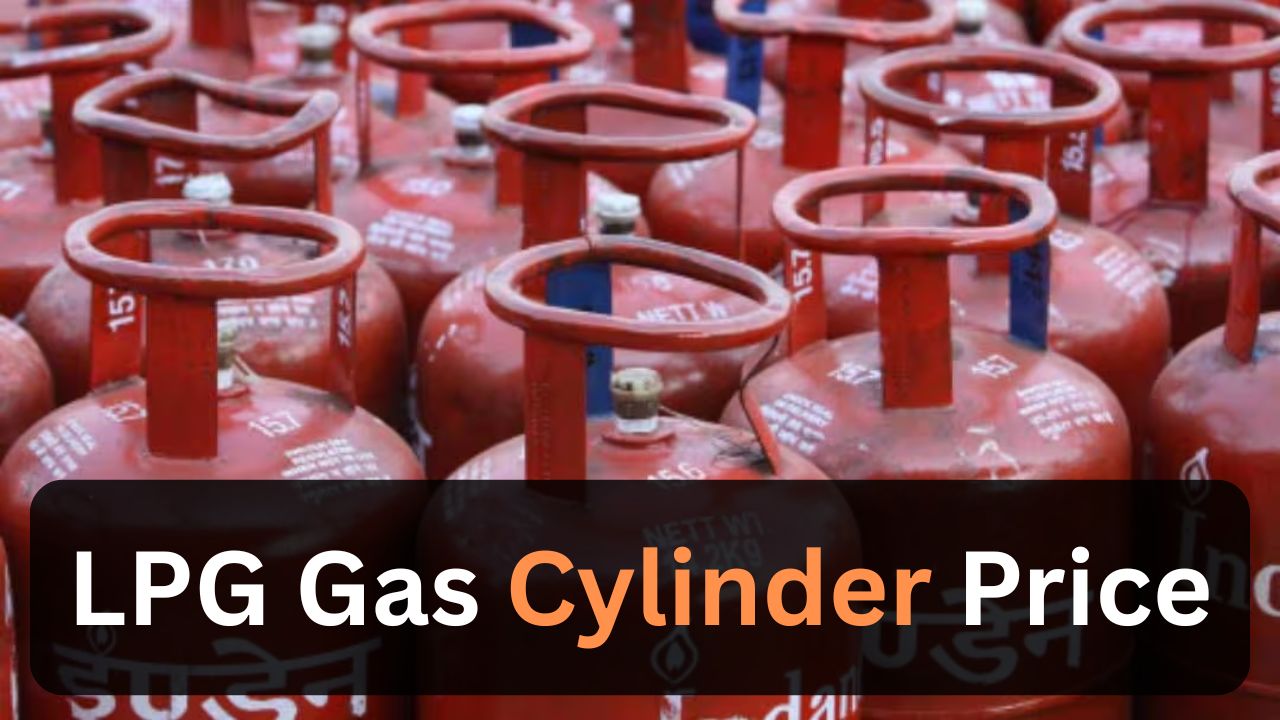Liquefied Petroleum Gas (LPG) cylinders are essential for millions of households and businesses, offering a clean and efficient solution for cooking and heating. However, shifting LPG gas cylinder prices often leave consumers seeking answers. As of April 7, 2025, recent updates show notable changes in pricing, influenced by global oil markets, government policies, and regional demand. This article covers the current LPG gas cylinder price situation, providing useful insights for households, Ujjwala beneficiaries, and commercial users.
Current LPG Gas Cylinder Prices in India (April 2025)
As of April 7, 2025, LPG cylinder prices in India have adjusted significantly. Union Oil Minister Hardeep Singh Puri recently confirmed a Rs 50 price increase for domestic LPG cylinders, affecting both general users and Ujjwala scheme beneficiaries. Here’s a breakdown of the latest rates:
- 14.2 kg Domestic Cylinder (General Category): Now costs Rs 853, up from Rs 803.
- 14.2 kg Domestic Cylinder (Ujjwala Beneficiaries): Rises to Rs 553, factoring in the subsidized rate.
- 19 kg Commercial Cylinder: Saw a reduction of over Rs 40 as of March 31, 2025, with rates differing by city (e.g., Rs 1,756 in Mumbai as of January 2025).
This increase arrives despite a drop in global crude oil prices to a four-year low of $63.20 per barrel, prompting questions about what’s driving domestic LPG costs.
Factors Influencing LPG Gas Cylinder Prices
To grasp why LPG prices change, consider the main elements affecting costs. Here are the primary factors shaping LPG cylinder prices in 2025:
Global Crude Oil Prices
LPG comes from crude oil and natural gas, tying its price to global oil market shifts. Although crude oil prices have fallen recently, refining expenses, transportation, and currency exchange rates (like the rupee against the dollar) can limit savings for Indian consumers.
Government Policies and Subsidies
The Indian government heavily influences LPG pricing through subsidies and taxes. For example:
- Ujjwala Scheme: Beneficiaries receive a Rs 300 per cylinder subsidy, keeping their costs lower.
- Tax Differences: Local taxes vary by state, causing price gaps (e.g., Rs 1,911 in Kolkata vs. Rs 1,756 in Mumbai for 19 kg cylinders in January 2025).
Supply Chain and Operational Costs
From bottling to delivery, expenses like dealer commissions, port fees, and insurance affect the final price. Recent stability in geopolitics has lowered natural gas futures, but these reductions don’t always reach LPG users right away.
Demand and Seasonal Patterns
Higher demand from households during colder months or from industries like hospitality can lift prices. On the other hand, commercial cylinder prices often drop when supply outpaces demand, as seen in early 2025.
LPG Price Trends: Past and Future
LPG prices have fluctuated in recent years. Here’s a look at the pattern:
- July-December 2024: 19 kg commercial cylinders faced a Rs 171-173 increase across metro cities, followed by a Rs 14.5-16 cut in January 2025.
- April 2024: A Rs 100 reduction was applied to 14.2 kg cylinders, with a Rs 300 subsidy extended for Ujjwala beneficiaries into FY 2024-25.
- April 2025: The latest Rs 50 hike marks a change, despite lower crude oil costs.
Looking forward, analysts expect moderate price shifts through 2025, influenced by:
- Possible tensions in oil-producing regions.
- India’s increasing use of LPG as a clean energy option.
- Efforts to manage subsidies alongside budget goals.
How LPG Price Changes Impact You
Recent price updates affect users differently based on their needs:
- Households: General users paying Rs 853 per cylinder may notice the cost, especially with multiple refills yearly. Ujjwala beneficiaries, at Rs 553, benefit from subsidies.
- Businesses: Commercial users gain from the March 31, 2025, price drop for 19 kg cylinders, though rising operational costs might reduce those gains.
- Budget Planning: Keeping track of LPG price changes helps families and businesses plan spending effectively.
Tips to Handle Rising LPG Costs
With prices climbing, here are practical ways to ease the strain:
- Use Subsidies: Eligible households can join the Ujjwala scheme for lower rates.
- Save Gas: Use energy-efficient tools and cooking methods to make each cylinder last longer.
- Stay Updated: Check price changes through official sources like oil companies (e.g., Indian Oil Corporation) or government notices.
- Bulk Deals: Commercial users might negotiate with suppliers during price drops for better rates.
The Future of LPG in India
LPG remains a key part of India’s energy system, with demand expected to rise as urban growth and clean fuel use increase. The global LPG cylinder market is projected to hit $3 billion by 2030, growing at a 4% CAGR from 2024, according to industry data. In India, plans like Indian Oil’s Rs 325-350 crore bottling plant expansion in the Northeast by 2030 show a focus on meeting this need. Still, keeping LPG affordable while aligning with market trends will be critical.
Conclusion
LPG gas cylinder prices in 2025 stem from a mix of global patterns, government actions, and local conditions. Whether you’re a household user facing the Rs 853 rate or a business benefiting from commercial cylinder cuts, staying informed is your best approach. As prices shift, monitor updates and consider cost-saving steps to manage expenses.
Got questions about LPG prices or ideas to share? Drop them in the comments below!

